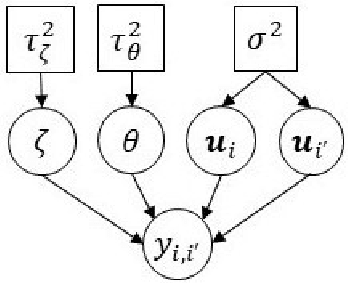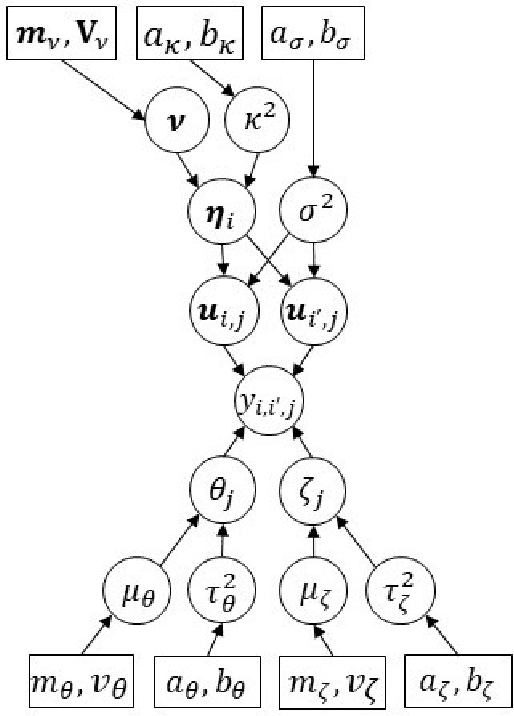Juan Sosa
Constructing the Truth: Text Mining and Linguistic Networks in Public Hearings of Case 03 of the Special Jurisdiction for Peace (JEP)
Apr 08, 2025Abstract:Case 03 of the Special Jurisdiction for Peace (JEP), focused on the so-called false positives in Colombia, represents one of the most harrowing episodes of the Colombian armed conflict. This article proposes an innovative methodology based on natural language analysis and semantic co-occurrence models to explore, systematize, and visualize narrative patterns present in the public hearings of victims and appearing parties. By constructing skipgram networks and analyzing their modularity, the study identifies thematic clusters that reveal regional and procedural status differences, providing empirical evidence on dynamics of victimization, responsibility, and acknowledgment in this case. This computational approach contributes to the collective construction of both judicial and extrajudicial truth, offering replicable tools for other transitional justice cases. The work is grounded in the pillars of truth, justice, reparation, and non-repetition, proposing a critical and in-depth reading of contested memories.
An unified approach to link prediction in collaboration networks
Nov 01, 2024



Abstract:This article investigates and compares three approaches to link prediction in colaboration networks, namely, an ERGM (Exponential Random Graph Model; Robins et al. 2007), a GCN (Graph Convolutional Network; Kipf and Welling 2017), and a Word2Vec+MLP model (Word2Vec model combined with a multilayer neural network; Mikolov et al. 2013a and Goodfellow et al. 2016). The ERGM, grounded in statistical methods, is employed to capture general structural patterns within the network, while the GCN and Word2Vec+MLP models leverage deep learning techniques to learn adaptive structural representations of nodes and their relationships. The predictive performance of the models is assessed through extensive simulation exercises using cross-validation, with metrics based on the receiver operating characteristic curve. The results clearly show the superiority of machine learning approaches in link prediction, particularly in large networks, where traditional models such as ERGM exhibit limitations in scalability and the ability to capture inherent complexities. These findings highlight the potential benefits of integrating statistical modeling techniques with deep learning methods to analyze complex networks, providing a more robust and effective framework for future research in this field.
A Latent Space Model for Multilayer Network Data
Feb 18, 2021



Abstract:In this work, we propose a Bayesian statistical model to simultaneously characterize two or more social networks defined over a common set of actors. The key feature of the model is a hierarchical prior distribution that allows us to represent the entire system jointly, achieving a compromise between dependent and independent networks. Among others things, such a specification easily allows us to visualize multilayer network data in a low-dimensional Euclidean space, generate a weighted network that reflects the consensus affinity between actors, establish a measure of correlation between networks, assess cognitive judgements that subjects form about the relationships among actors, and perform clustering tasks at different social instances. Our model's capabilities are illustrated using several real-world data sets, taking into account different types of actors, sizes, and relations.
 Add to Chrome
Add to Chrome Add to Firefox
Add to Firefox Add to Edge
Add to Edge